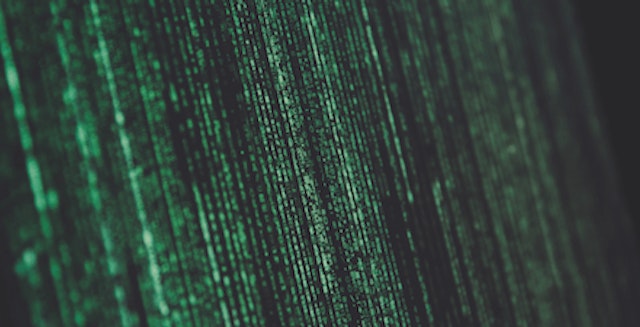If you’re looking into careers that can put you at the center of the booming data economy, you’ll quickly find that two receive far more attention than the others: data analyst and data scientist. Start looking into educational opportunities that can put you on a path to becoming a data professional, however, and the line between these positions can quickly blur: many master’s degrees, bootcamps, and certificate programs in one discipline emphasize their crossover appeal for the other, or even market themselves as combined data analytics and data science programs.
They can do this because the overlap between data analytics and data science is substantial. For someone looking to upskill and enter the data economy, however, it’s important to understand the differences, as these can have implications for your eventual skill set, on-the-job responsibilities, job prospects, and salary. In this article, we’ll dive into what data analysts and data scientists have in common and what sets them apart. At the end, we’ll share some ways you can learn more about getting started with each.
Data analyst vs data scientist: top-line difference
Ultimately, data analysts and data scientists are working towards the same goal: to harness the raw data produced by almost every aspect of human activity, employ statistical analysis to extract valuable and actionable insight, and communicate this insight to relevant stakeholders to enact meaningful changes that drive growth.
Where data analysts and data scientists differ is in the part they play in this larger process. Generally speaking, data analysts are more narrowly focused on the analysis of data to support discrete initiatives using established techniques, while data scientists are concerned with advanced analytics as well as designing and implementing the pipelines, techniques, and tools — including machine learning models — that enable this analysis. To use a culinary metaphor, data scientists are like the executive chefs at fancy restaurants: they design the flow of the kitchen, develop the recipes, and make sure everything goes smoothly. Data analysts are like the cooks: they prepare food according to the recipe so that the dish tastes great, every time.
In the next sections, we’ll dive deeper by looking at how the differences between data analysts and data scientists manifest in their skill sets, day-to-days, salaries and job outlook, and education.
How do the skill sets for data analysts and data scientists differ?
As you can see below, data analysts and data scientists share a core set of hard skills in computer science, mathematics, data management, as well as soft skills like critical thinking and communication. Because they need to design research projects, develop advanced machine learning models, and communicate with internal and external stakeholders, however, data scientists require a number of additional skills.
